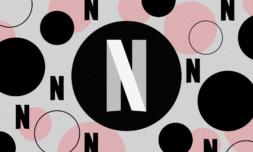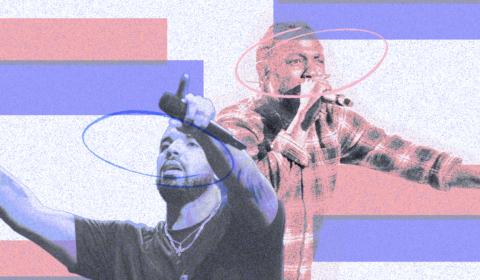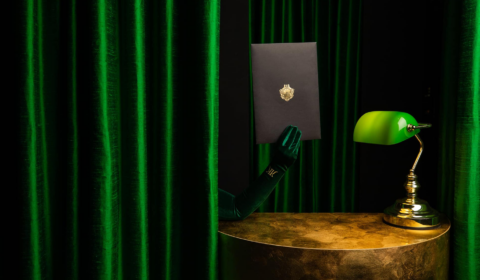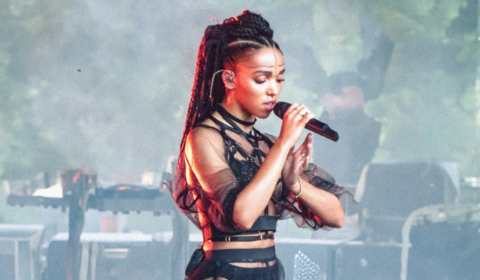Emma Chamberlain leads the charge of new, authentic YouTubers that are bringing the platform back to its vlogging roots.
There are several things most of us associate with the term ‘YouTube’; drama, over-sensationalised clickbait, and problematic scandals. Over the years we’ve seen countless ups and downs, from Logan Paul’s suicide forest video to big names such as Leafy and GradeAUnderA disappearing from the platform altogether.
It wasn’t always like this, though. Back in the early noughties YouTube was known mostly for its cutesy cat memes and vlog content. Between 2009 and 2012 we saw a wave of creators such as Zoella, charlieissocoollike, KSI, Shane Dawson, and Toby Turner all find huge success – before major sponsorship deals and big businesses were the name of the game.
The continual, progressive rise of commercialism on YouTube has meant that authentic and ‘real’ content has fallen a little to the waste side. Overdramatic, borderline nonsensical videos are the norm – think Jake Paul, Morgz, and KeemStar. Where people once flocked to YouTube for relatability, it seems that nowadays the larger-than-life approach is more lucrative.
At least it was until recently. Emma Chamberlain has blown up in the last year with her vlogging content which usually involves challenges, light comedy, and frequent coffee reviews. She’s worth talking about because she’s the antithesis of what YouTube usually promotes – her videos aren’t immaculate or heavily staged, instead offering personality and insight into her real life. In many ways, Emma is leading the charge for homemade content that gets back to what made YouTube so appealing in the first place.






















